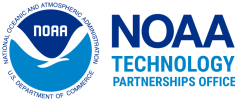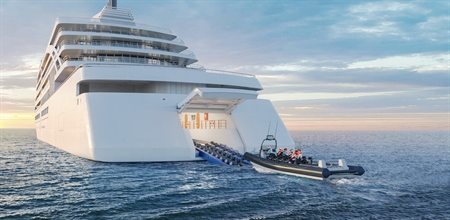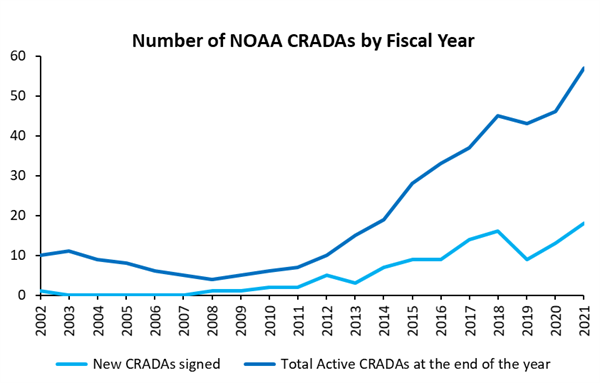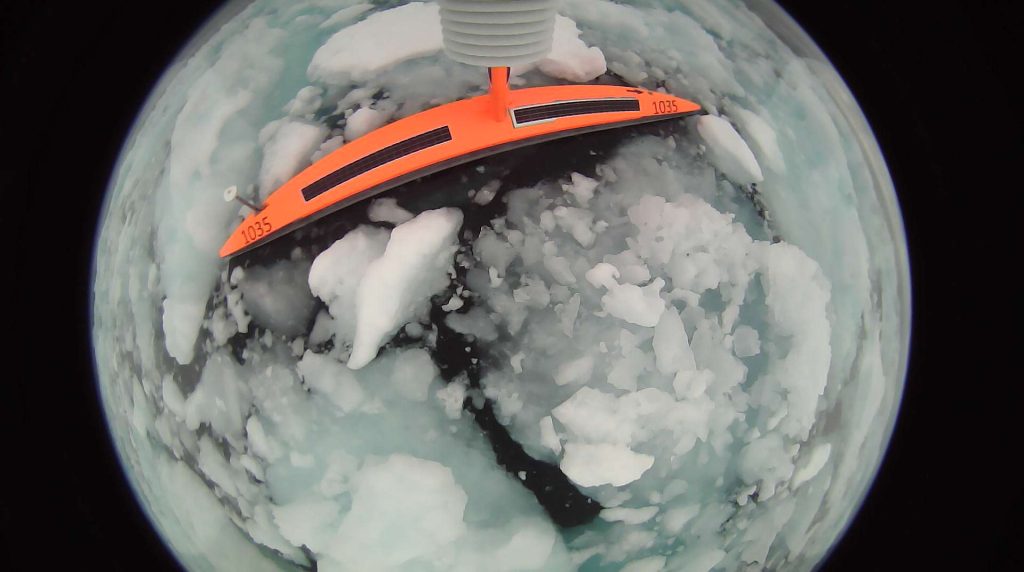NOAA teams up with Viking to conduct and share science aboard new Great Lakes expedition voyages
NOAA plans to expand its research in the Great Lakes region as the agency teams up with the travel company Viking to carry scientists aboard new expedition voyages planned to begin in 2022.




